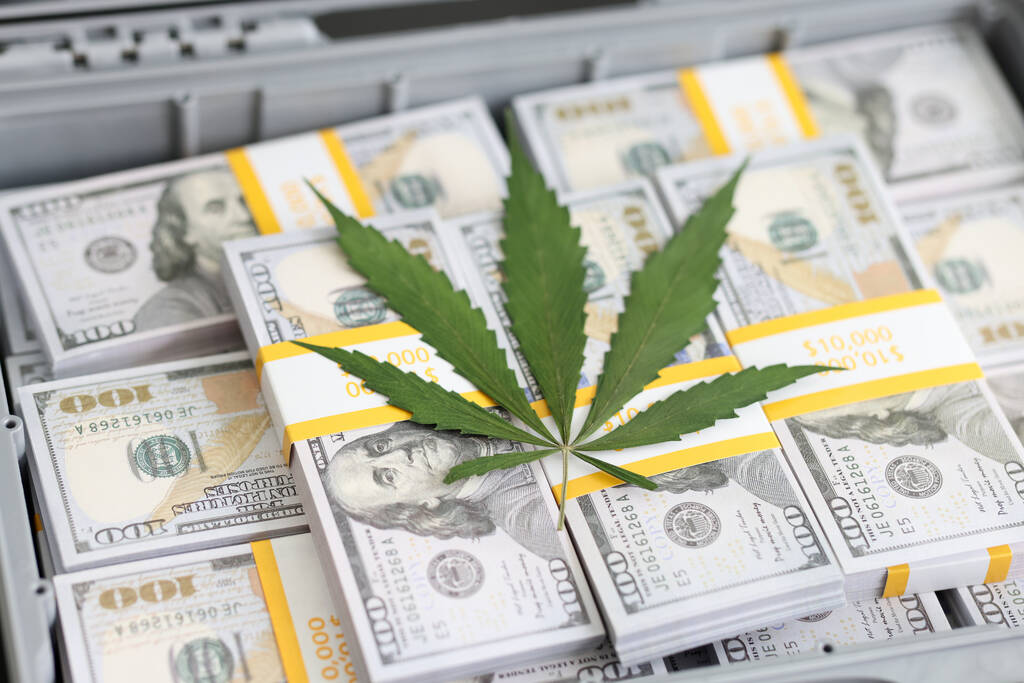Connecticut marijuana sales topped $24 million in July.

There was a total of $24,653,219 worth of marijuana sold through legal outlets in July. This is according to data released by the Connecticut Department of Consumer Protection. Roughly two-thirds of these sales, $16,951,063, were purchased for recreational use, with $7,702,156 purchased by licensed medical marijuana patients. Sales were nearly identical tot he $24,713,887 sold in June.
Sales totals include dried marijuana flower and marijuana concentrates, as well as a variety of marijuana products including edibles, tinctures, concentrates, capsules, and topicals.
Total marijuana sales for 2024 now stand at around $175 million. In 2023, the yearly total reached $274 million, bringing the all-time total to around $450 million.
Connecticut legalized marijuana in 2021, with the first store opening in January 2023. Those 21 and older are allowed to possess up to one and a half ounces of marijuana in public and up to five ounces in a locked container. They can also grow up to six plants for personal use, with a maximum of three mature plants. Marijuana and marijuana products are sold via licensed marijuana retail outlets and dispensaries.
The state imposes a 6.35% sales tax on recreational marijuana sales. An excise tax is also applied based on the THC content of the product:
- Cannabis flower/plant material is taxed at $0.00625 per milligram of THC.
- Edible cannabis products are taxed at $0.0275 per milligram of THC.
- Other cannabis products are taxed at $0.009 per milligram of THC.
Marijuana tax revenue is distributed as follows:
- Social Equity and Innovation Fund: A significant portion (60%) of the excise tax revenue is allocated to this fund, which supports communities disproportionately affected by the war on drugs. The goal is to foster social equity in the cannabis industry and beyond.
- Substance Abuse Treatment and Prevention: About 25% of the revenue goes toward funding substance abuse treatment and prevention programs. This allocation is designed to address the public health impacts associated with substance use.
- General Fund: The remaining 15% of the revenue is directed to the state’s General Fund, which supports various state government operations and services.







